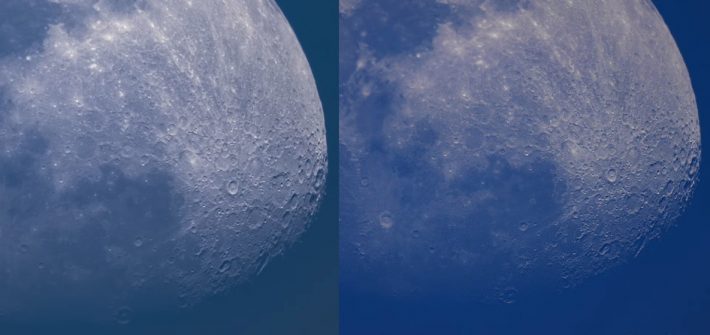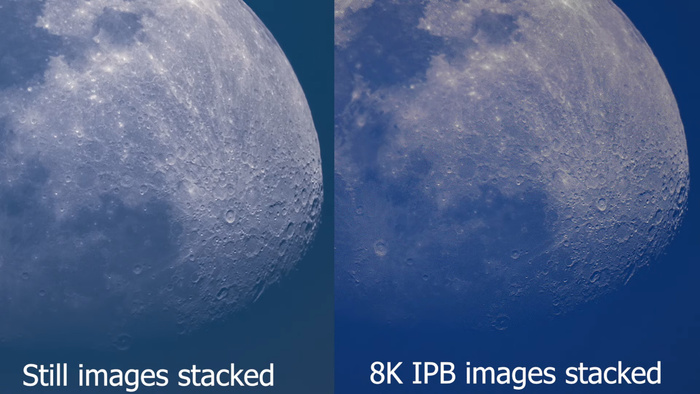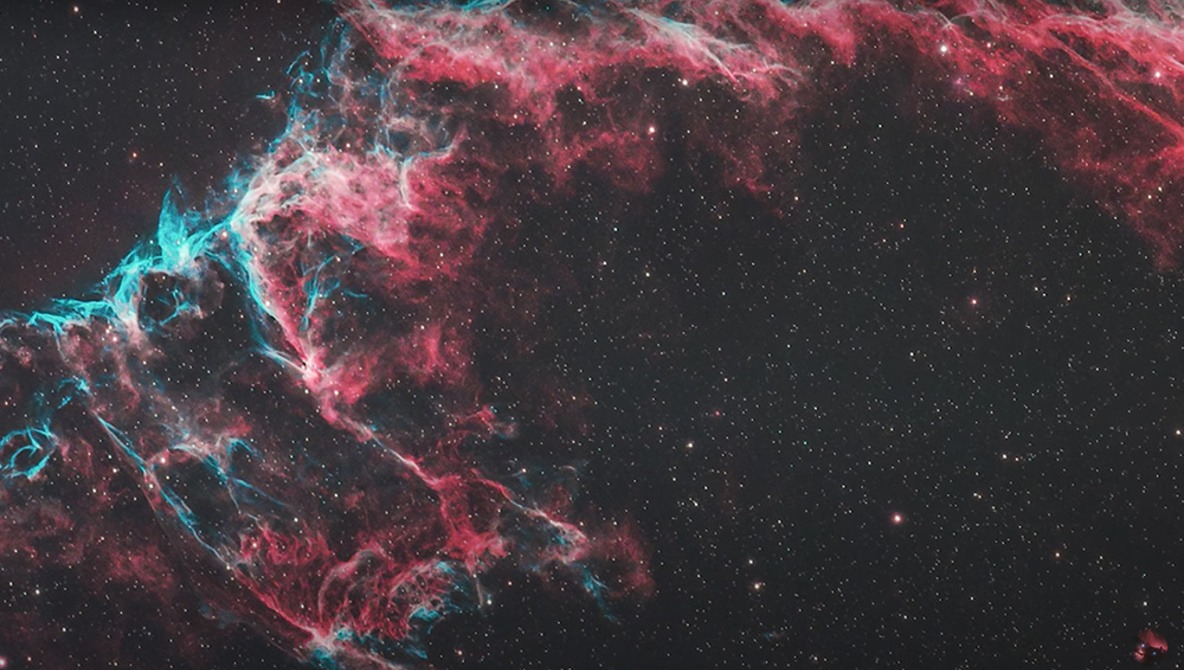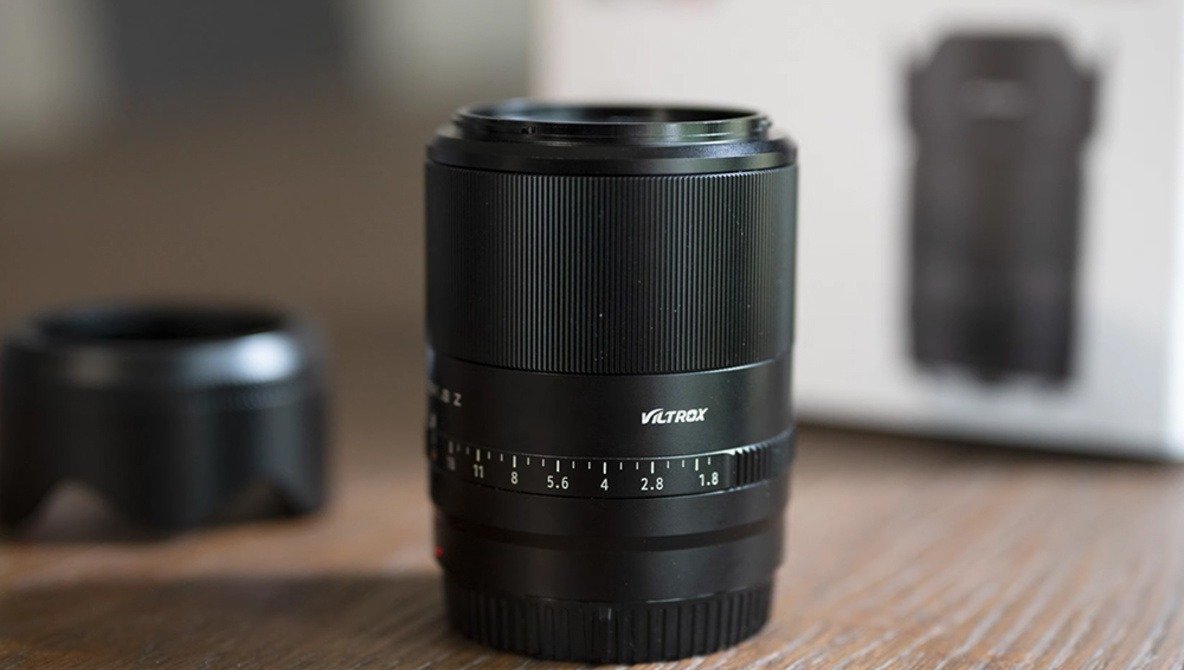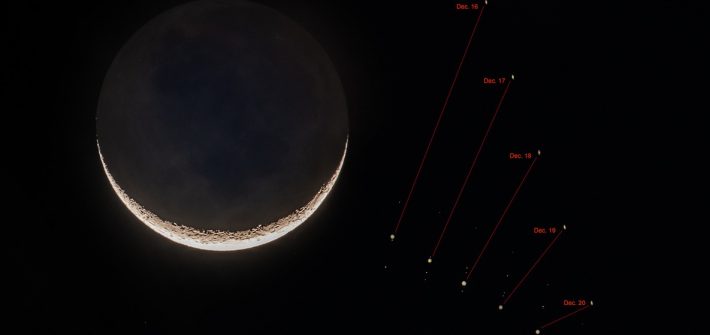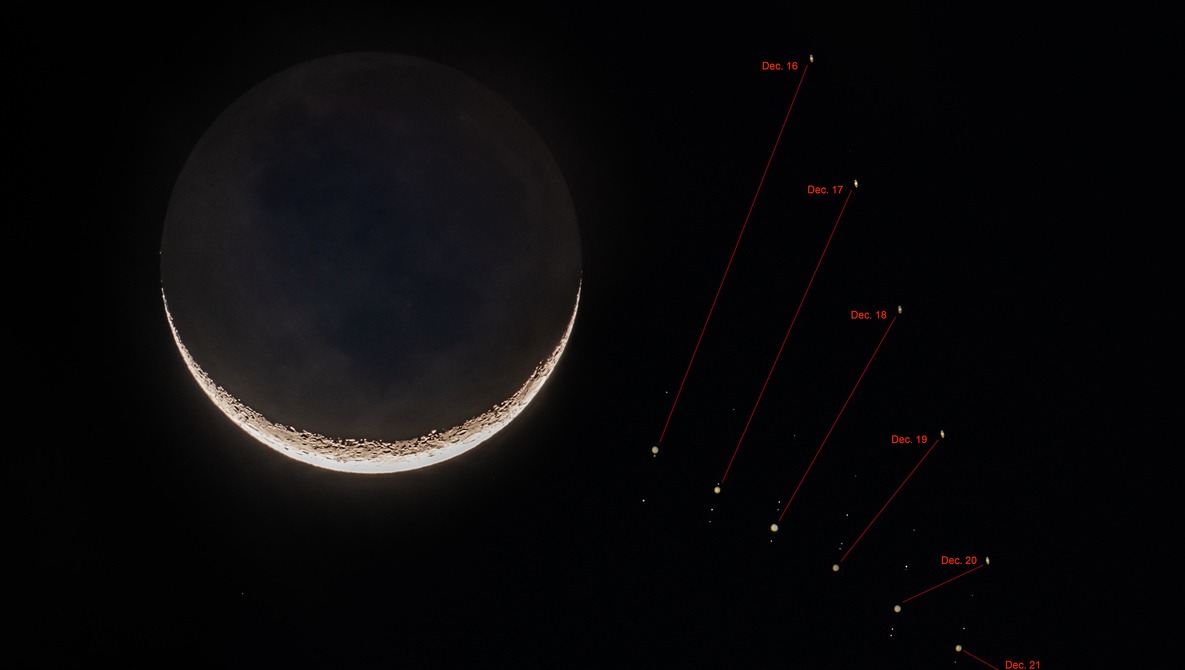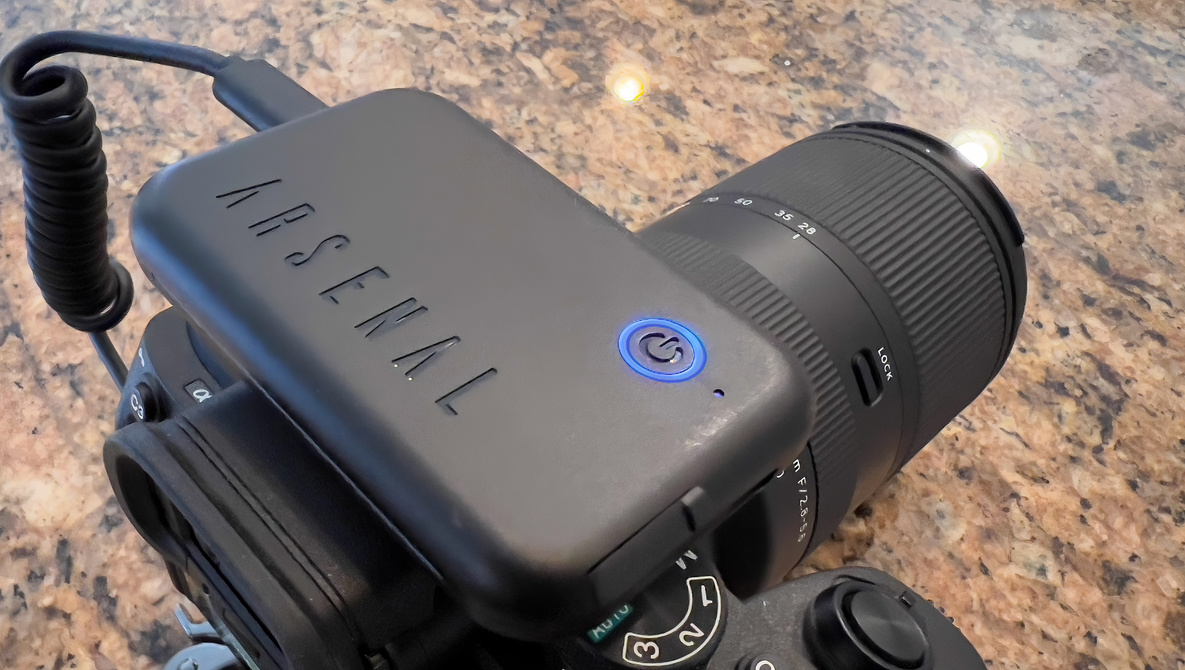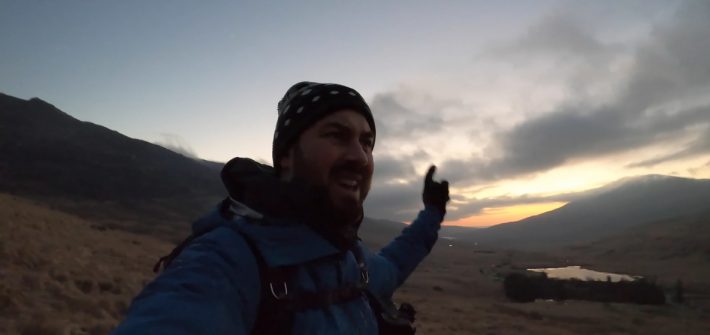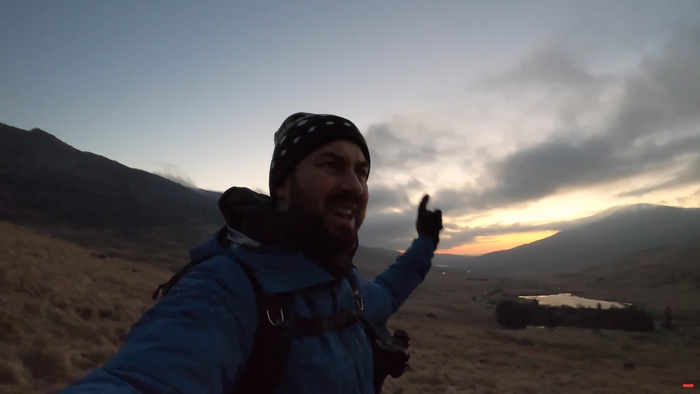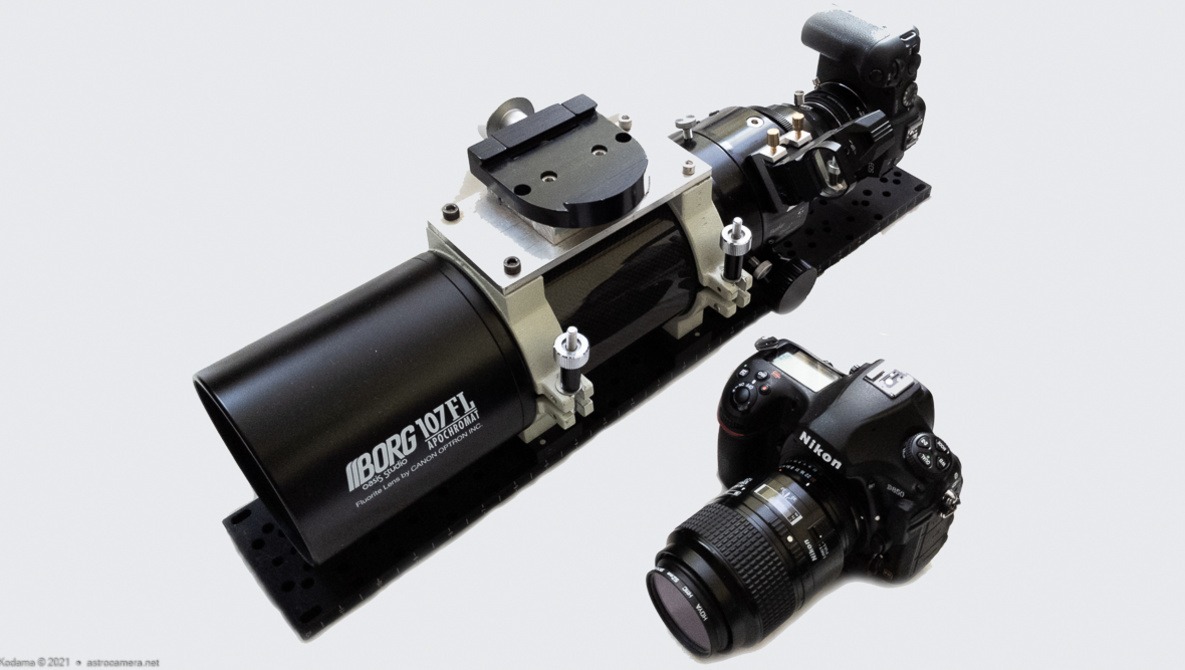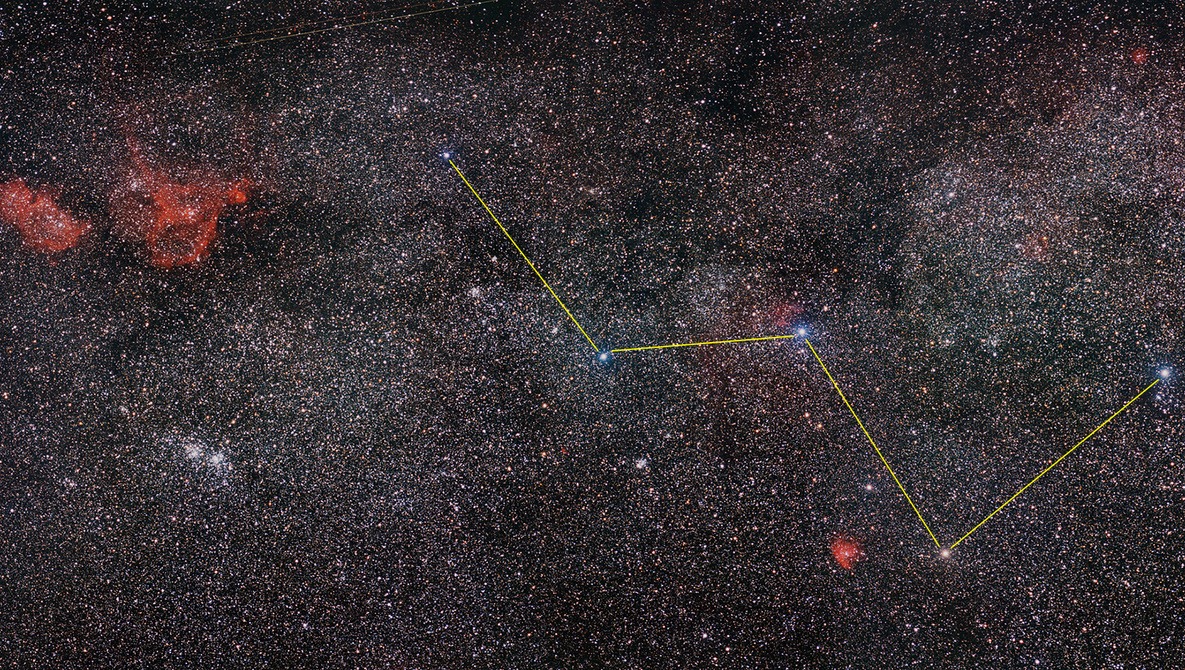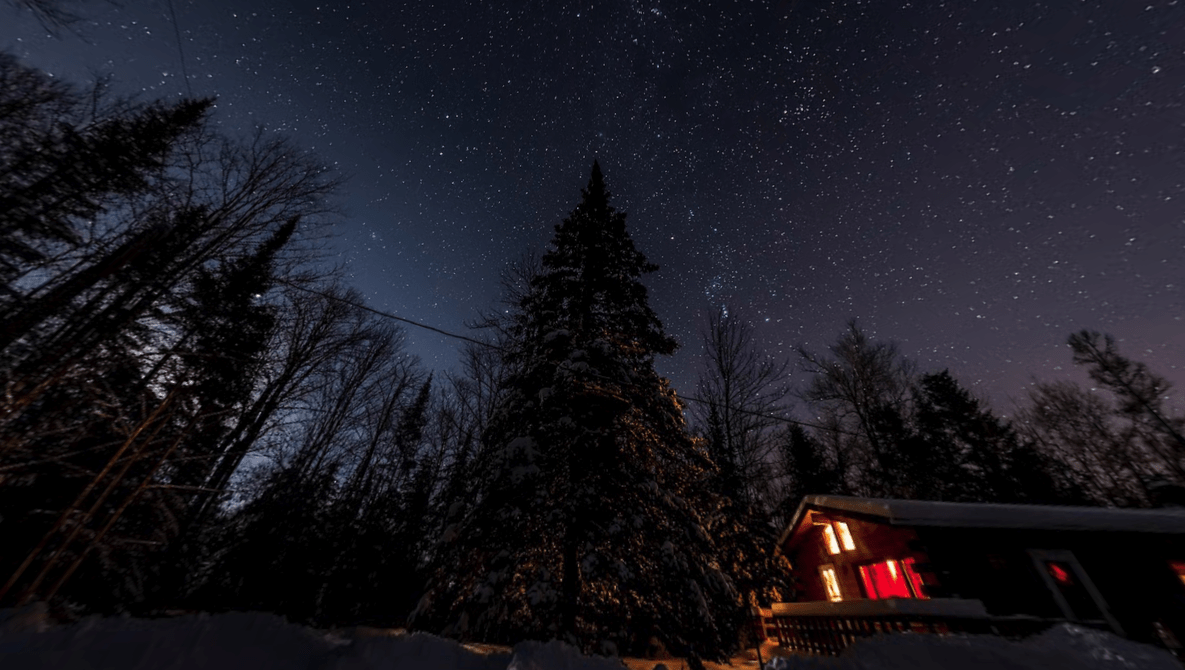It’s bigger and costlier than last year’s Pixel 4A, but Google’s mid-priced Android phone remains the best option for almost everyone.
Astrophotography
10 Common Astrophotography Questions Answered
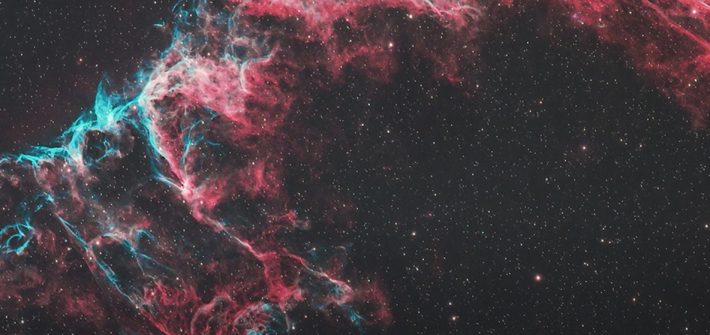
Astrophotography is by far one of the most specialized genres out there, requiring quite a bit of specific equipment, software, and technique, but capturing things that are unfathomable distances away can be really rewarding. If you are new to the genre or looking to improve your work, check out this awesome video tutorial that answers 10 of the most common questions people have about astrophotography.
![]()
Is This Affordable 35mm Lens a Good Option for Astrophotography?
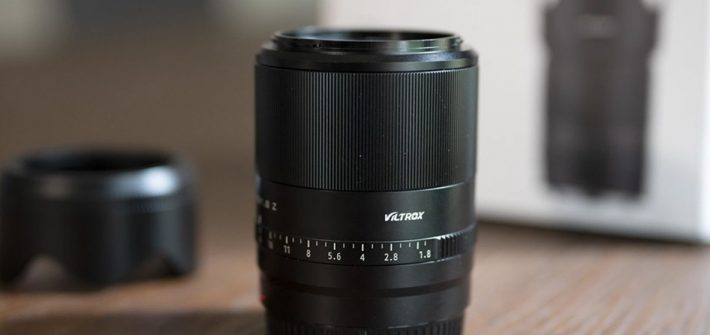
Astrophotography has some specific and often more demanding requirements when it comes to lenses, and as such, it takes careful evaluation of potential options to know which is right for your work. For astrophotographers on a budget, there is the Viltrox 35mm f/1.8 AF, and this great video review takes a look at the sort of image quality and performance you can expect from it in practice.
![]()
Is the Arsenal 2 for Advanced Photographers?
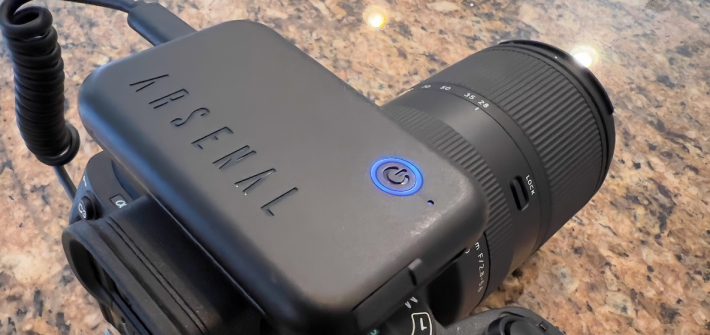
You may remember my 2019 review of the original Arsenal hardware. It was a block box you attached to your DSLR or mirrorless camera and it automated many of the tasks photographers face on a regular basis. The Arsenal sold quite well. While it had some good points that could speed or improve a photographer’s workflow, it left a lot of buyers unhappy and it seemed to wind up on a lot of shelves and in a lot of drawers, rather than in camera bags. Now we’ve got Arsenal 2.
Confusion at the Border: Photography Versus Astronomy
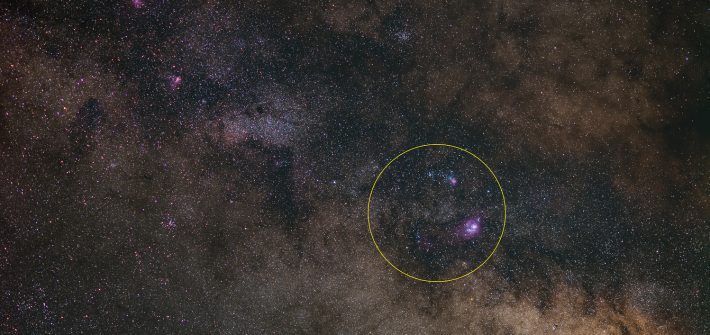
One of the biggest confusions that you might notice as you venture into astrophotography is that photographers and astronomers measure their equipment differently. Photographers tend to refer to their lenses in terms of their focal length, while astronomers refer to their telescopes by the diameter of their opening. Thus, a 75mm f/6 telescope has a focal length of 450mm. Meanwhile, a 75mm camera lens at f/6 has an aperture of 12.5mm. If a photographer is told that someone is shooting a 155mm lens hand-held, it would not raise an eyebrow, but an astronomer told the same thing would be incredulous! I can only barely lift my 155mm telescope onto its mount!
![]()
A Constellation Astrophotography Project
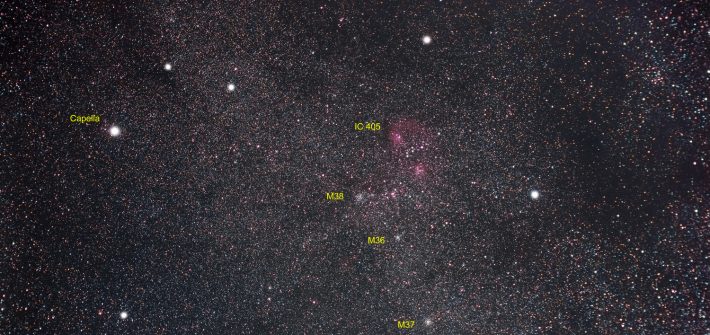
Fall tends to be a “transitional” season for the astrophotographer. Summer constellations are still visible for early evening, but are quickly fading into the sunset. Late in the evening, some of the prominent Winter constellations are starting to come into view. In a few months these winter constellations will be high in the sky and well placed for astrophotography, so now is the time to do some planning.
![]()
Creating a Night Sky 360 VR Panorama

Creating a 360 VR panorama (also referred to as 360×180 degree panorama) has been an interesting side-challenge to take on for photographers, but in the past few years, it has been simplified to the point where phones, such as the Google Pixel series, make taking a VR panorama practically a point-and-shoot affair. But shooting one of the night sky remains a worthy challenge.
